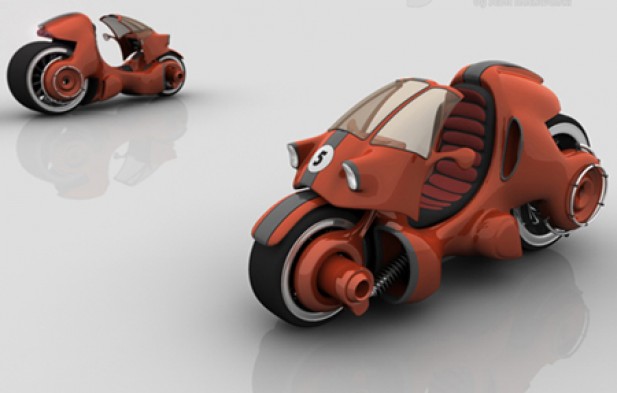Maya 3D Rendering Intensive
Description
This Maya 3D Rendering Intensive training is an advanced introduction to 3D rendering utilizing Maya 3D. Learn the basics of shading from the perspective of a product designer.
Topics
- Shading: Maya includes a number of parameterized shading models to define objects visual properties, including Lambert, Blinn, Phong, and anisotropic shaders. Depending on which shading model is used, the parameters affect attributes such as the surfaces color, reflective properties, and transparency with the goal of simulating the appearance of real materials such as metal, stone, wood, and skin. Shaders can also incorporate bump maps, which create the illusion of surface textures.
- Toon Shading: Toon shading creates the look of 2D CEL or cartoon animation using 3D modeling and animation software. Elements of the toon look include profile lines, border lines, crease lines, intersection lines, and solid color shading. Combined, these elements recreate the look of traditional animation’s ink and paint techniques.
- Lighting: In the real world, when light shines on a surface, the parts of the surface facing toward the light source appear illuminated, and the parts of the surface facing away from the light source appear dark. If one object is located between a second object and the light source, the first object casts a shadow onto the second object.
- Paint Effects: A component of Maya used to paint brush strokes and particle effects on a 2D canvas or on or between 3D geometry. Paint Effects can be used as a traditional paint program to paint images on a canvas, to paint repeatable textures applied to 3D geometry in scenes, or to paint in 3D space. Paint Effects integrates 2D painting tools into a 3D rendering environment. Libraries include numerous trees, grasses, and plants which can be painted to ‘grow’ off the surface of an object.
- Mental Ray: The primary feature of mental ray is the achievement of high performance through parallelism on both multiprocessor machines and across render farms. The software uses acceleration techniques such as scanline for primary visible surface determination and binary space partitioning for secondary rays. It also supports caustics and physically correct simulation of global illumination employing photon maps. Any combination of diffuse, glossy, and specular reflection & transmission can be simulated.
- RenderMan For Maya: In 2005, Pixar released its highly anticipated RenderMan for Maya renderer which incorporates the full RenderMan Pro Server features into a native Maya plugin. The workflow involves the use of Maya materials converted into RenderMan.
- Learn lighting and understand how a scene should be lit using Key, Fill, and Back lighting.
- Learn how to create shadows and reflections to create the right kind of atmosphere for the scene.
- Learn object shading and texturing.
- Learn how to use the Hypershade and how to create shading networks.
- Learn how to prepare a scene before rendering including how to adjust the anti aliasing, resolution, format, and shadows.
- Learn parenting by using the Hypergraph.
Duration
40 hours
Prerequisites
Degree in industrial design or interest in product design.
Discussion
- Compare polygon and boundary modeling.
- Discuss light reflections, transparencies, and differentiation of shadow qualities.
- Discuss how light works in the real world and how Maya can be used to emulate reality.
- Understanding the common material attributes of color, incandescence, bump mapping, diffuse, incandescence, transparency and translucence.
- Understanding Bump Mapping and what it can achieve in a specific scene.
- Utilizing the variety of the rendering techniques Maya has to offer.
- Discuss work flow optimization with respect to render times and troubleshooting common rendering problems.
- Adding motion blur to scenes.
- Using a camera and how to manage it in rendering a scene.
- How to take a manageable project from concept to render.
- Discuss where to stop in Maya and to start in Solid modeler for tooling.
- Discuss important post production efforts with renderings in Photoshop.
- Discuss surface evaluation tools in Maya.
- Understand tessellation and how it relates to rendering.
- Discuss caustics and Mental Ray.

Tutorials
- Soft goods product
- Polypropylene bottle
- Glass bottle with and without fluid
- Speaker
- Children’s riding toy
- Toy vehicle
- Polypro chair
- Re-render items from your portfolio
Tagged 3D, 3D CAD, 3D Rendering, intensive, Maya, Maya Level 4, Rendering
